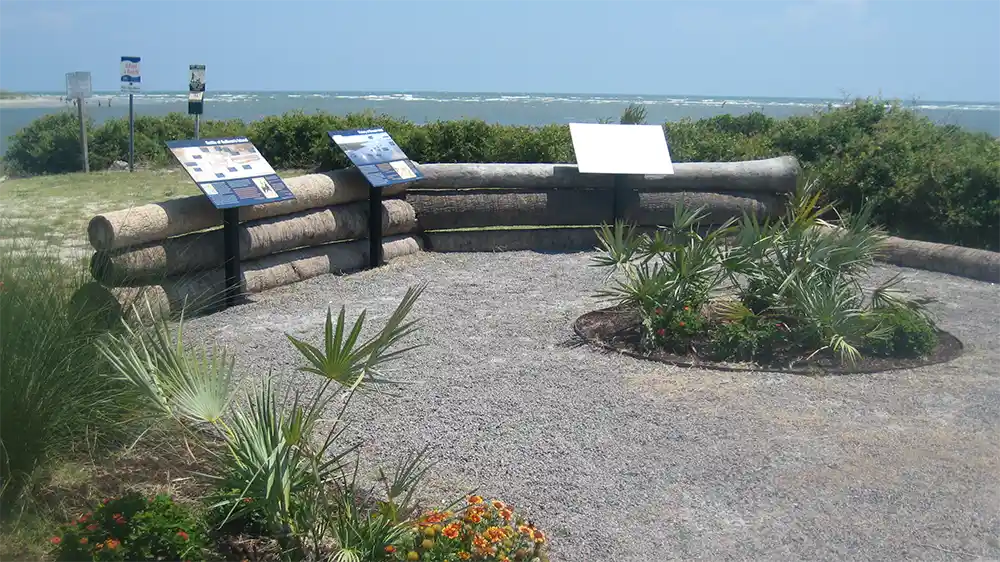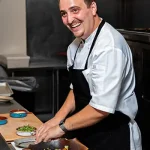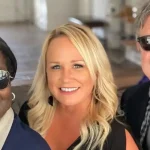
You may have heard that our nation is preparing for a big birthday party next year celebrating the 250th anniversary of the signing of the Declaration of Independence. But if you remember any of your history from high school, you may also recall that the Declaration in 1776 wasn’t the beginning nor was it the end of the colonists’ attempt to separate from Great Britain. It took years of conflict that started with a tea party in 1773 and ended with a treaty signed in Paris in 1783 for the United States of America to finally achieve its goal.
Many Americans consider the New England and Mid-Atlantic colonies to have been the setting for the Revolutionary War, but more battles were fought in South Carolina against the British and their loyalists than in any other of the Thirteen Colonies. And some of the most ardent leaders in the push for independence came from right here in the Lowcountry.
Charles Pinckney
You are likely familiar with Snee Farm, an established Mount Pleasant neighborhood. But did you know the land was originally the plantation of one of our nation’s Founding Fathers, Charles Pinckney? His former home on Long Point Road is a National Historic Site. And well it should be, since he not only signed the U.S. Constitution, but proposed the majority of what ended up in it. He was one of four men from the Lowcountry to hold the title of Founding Father. His older cousin, Charles Cotesworth Pinckney, is another. Interestingly, the elder Pinckney’s mother was the famous Eliza Lucas Pinckney of Lowcountry indigo fame. His home was what is now Hampton Plantation State Historic Site near McClellanville.
John Rutledge
Another Founding Father from our area was John Rutledge, whose family’s former plantation is now Laurel Hill Park and the Phillips community. A historical marker on Highway 41 attests to this fact. Patriotism ran in the family. Rutledge’s younger brother Edward had signed the Declaration of Independence 11 years before the U.S. Constitution was written.
Arthur Middleton, Thomas Heyward JR. & Thomas Lynch JR.
Historically speaking, the men who signed the Declaration of Independence are not considered Founding Fathers, since that label is given to those who drew up the U.S. Constitution in 1787. But without the Declaration jump-starting things in 1776, that whole independence movement may not have ever happened to begin with. We salute those signers on July 4 every year. Charlestonians Arthur Middleton and Thomas Heyward Jr. along with Thomas Lynch Jr., who lived just up the road at Hopsewee Plantation in Georgetown, joined Edward Rutledge as the four South Carolina delegates to the Continental Congress in Philadelphia where that bold move took place.
It took a lot of courage for these men to make that decision, one that could potentially fail and have catastrophic results for the colonists — and for them personally. But what about the leadership and bravery of other men who literally fought in the trenches, often in hand-to-hand combat, against British soldiers and loyalist Americans? Those names are not as well known.
William Washington
One of them is William Washington, a Virginian and cousin of the future president. Washington saw action at many battles throughout South Carolina, including one at Lenud’s Ferry on the bank of the Santee River near Jamestown in 1780. That battle was waged against Lt. Col. Banastre Tarleton, perhaps the most notorious and despised British officer, known for his ruthless battle tactics.
Thomas Sumter
Perhaps you have heard of Thomas Sumter, aka the “Fighting Gamecock,” a moniker given to him to describe his fervor in fighting the enemy. The fort at the entrance to Charleston Harbor is named after him. And Fort Moultrie? That one’s named for Gen. William Moultrie, who commanded 453 patriots on Sullivan’s Island in June 1776 when they successfully repelled British ships attempting to enter the harbor. On hand at the fort that day was Sgt. William Jasper, who braved enemy fire to ensure that his militia’s flag was repositioned after it was shot down. That flag later became the prototype for our beloved state flag.
William Thomson
Moultrie’s troops got some help from Col. William “Danger” Thomson, who held down the fort on the northern end of the island at Breach Inlet when 3,000 British troops attempted to attack there. The whole story is chronicled at Thomson Park at Breach Inlet.
Francis Marion
A name you may recognize is a soldier who served with Thomson’s men at Breach Inlet, Francis Marion, also known as the “Swamp Fox.” This famous patriot provided the model for Mel Gibson’s fictional character in the blockbuster movie “The Patriot.” Fighting alongside Marion at Breach Inlet and in many other battles was his right-hand man, an enslaved person of color named Oscar. According to the National Liberty Memorial, at least 121 African Americans served with patriot soldiers in South Carolina.
Henry Laurens
Marion was of French Huguenot descent as was Col. Maurice Simons, who was commandant of the Charles Town militia when the city fell to the British in 1780. Huguenots had settled along the Cooper and Santee rivers a century earlier, and many of their descendants became patriots during the Revolutionary War. A high-profile Huguenot was Henry Laurens, one of the wealthiest men in America at the time. Laurens owned six plantations, including Mepkin near Moncks Corner and Wambaw on the Santee River. Laurens had been in colonial politics long before the war began and was an integral force in the movement for independence.
There were countless other patriots whose names we may never know — men who did not claim wealth and are not written about in history books but had a passion for the cause. You owe it to yourself — and to the memory of all of them — to visit Thomson Park, the Charles Pinckney National Historic Site, Fort Moultrie, Hampton Plantation and Hopsewee Plantation. Take the time also to wander among the graves at Christ Church on Highway 17 North and at the site of the old Wappetaw Congregational Church in Awendaw, where other Revolutionary War patriots are buried. Their grave markers often tell of their valor.
Because after all, where would we be without them?
By Mary Coy




Interesting. I’m writing a biography of Henry Laurens, and hope to add to this conversation about such an important man and time period in US history.